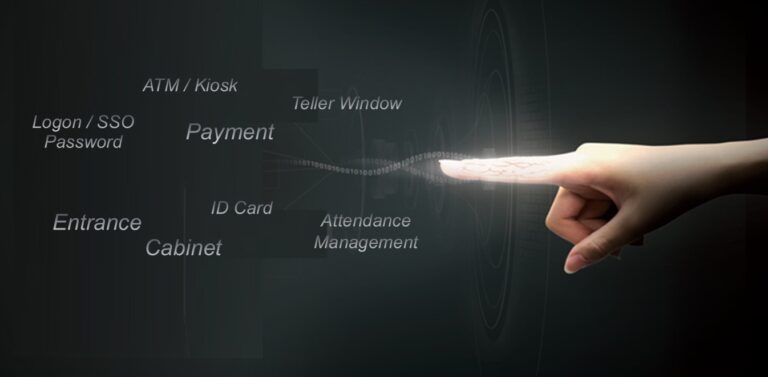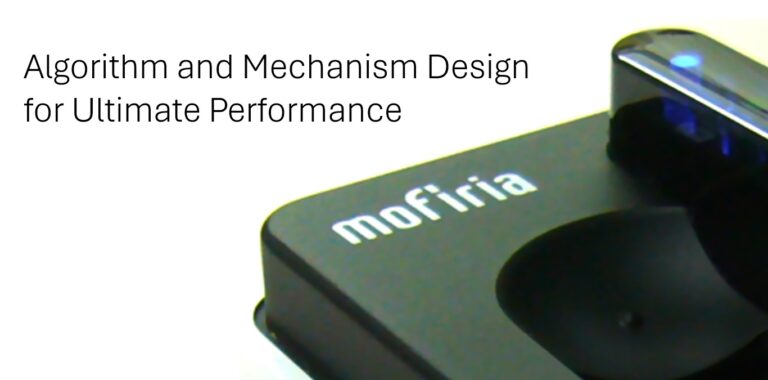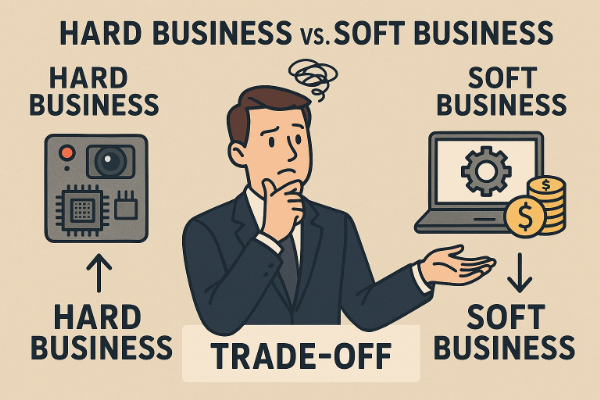OKI’s recycling-type cash handling machine ‘USCOS III’ now comes standard with mofiria’s vein authentication module.
mofiria Corporation (Head Office: Shinagawa-ku, Tokyo; President & CEO: Akira Shibata; hereinafter “mofiria”) is pleased to announce that its vein authentication module has been adopted as a standard feature in the “USCOS III” recycling-type cash handling machine developed by OKI Electric Industry Co., Ltd. (Head Office: Minato-ku, Tokyo; President and CEO: Takahiro Mori; hereinafter “OKI”). The “USCOS III” is an advanced recycling-type cash handling machine designed to address the needs of various industries where cash is handled—such as retail, transportation, and logistics. Sales of the unit began in March 2025. By standardizing the use of vein authentication, which utilizes internal biological information, the machine offers both high security through reliable










